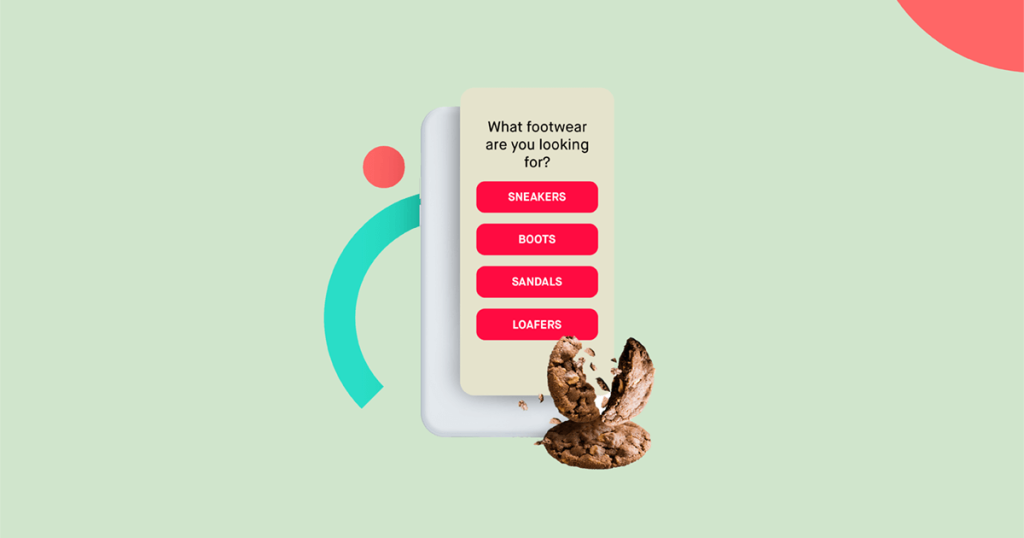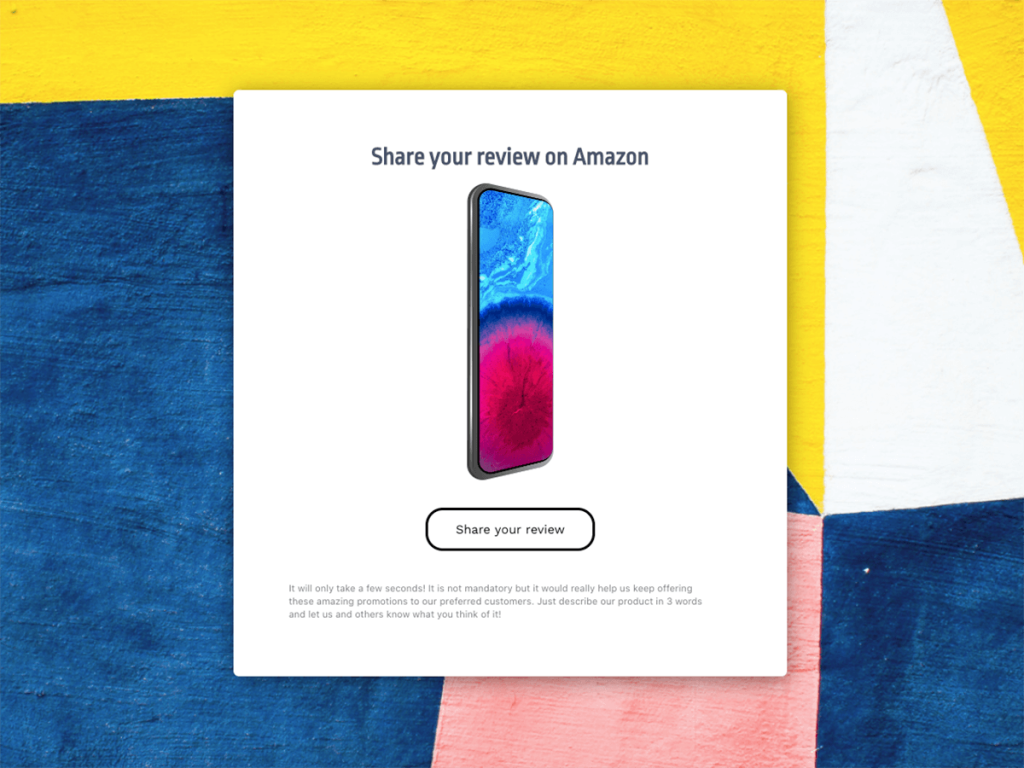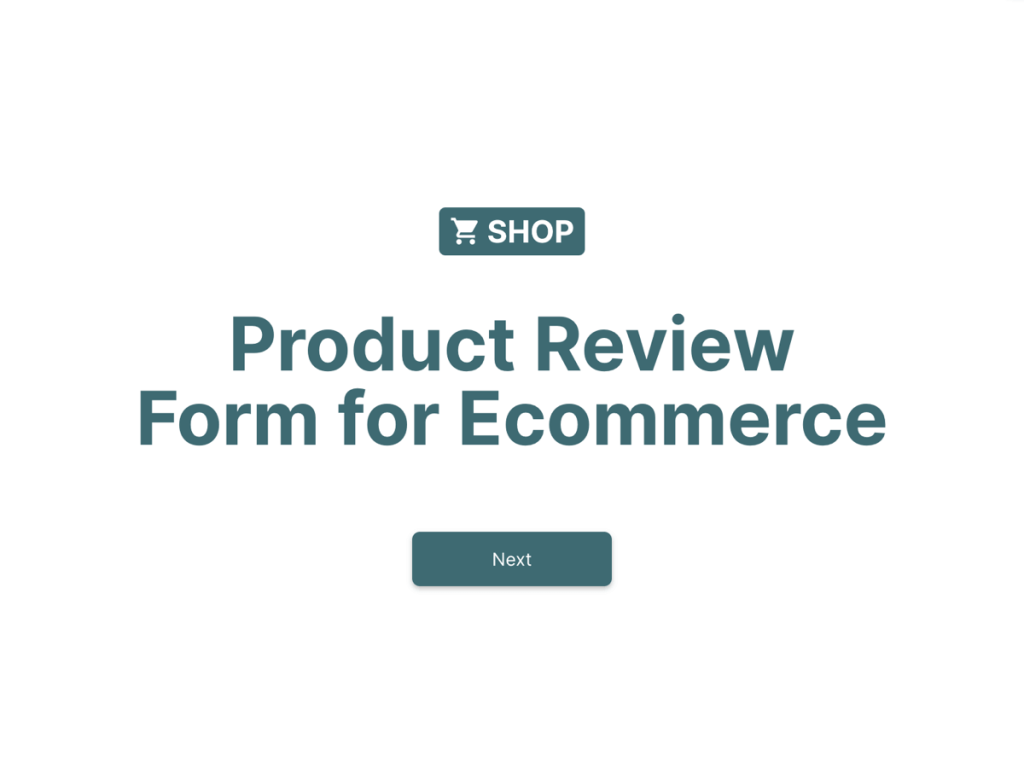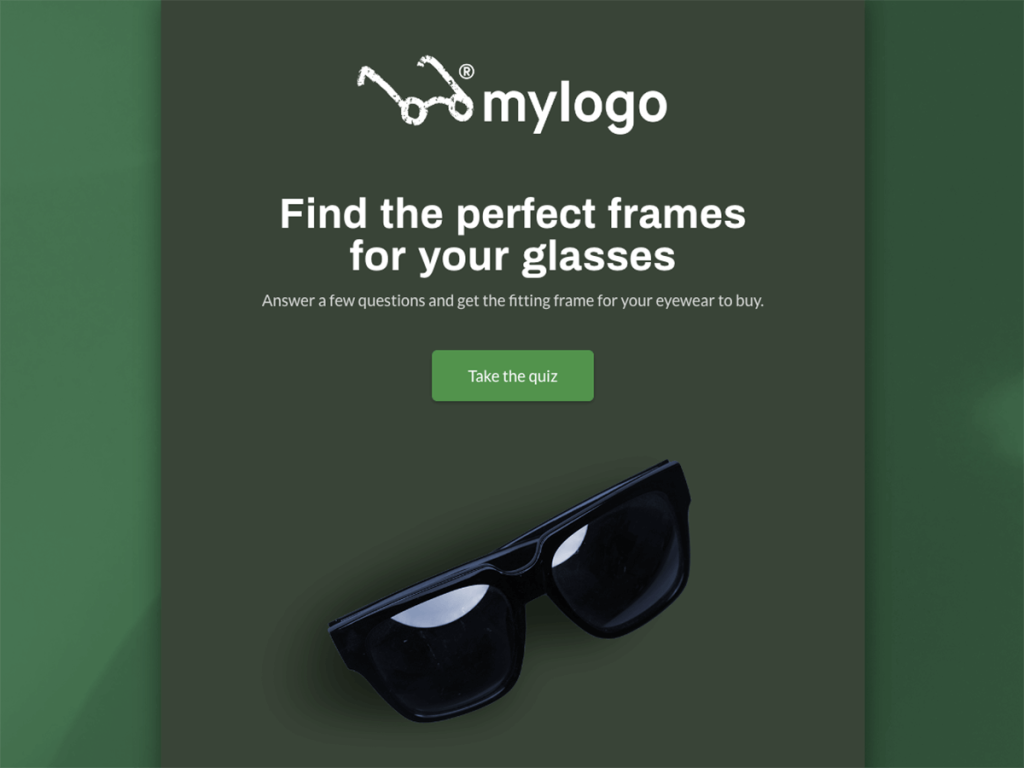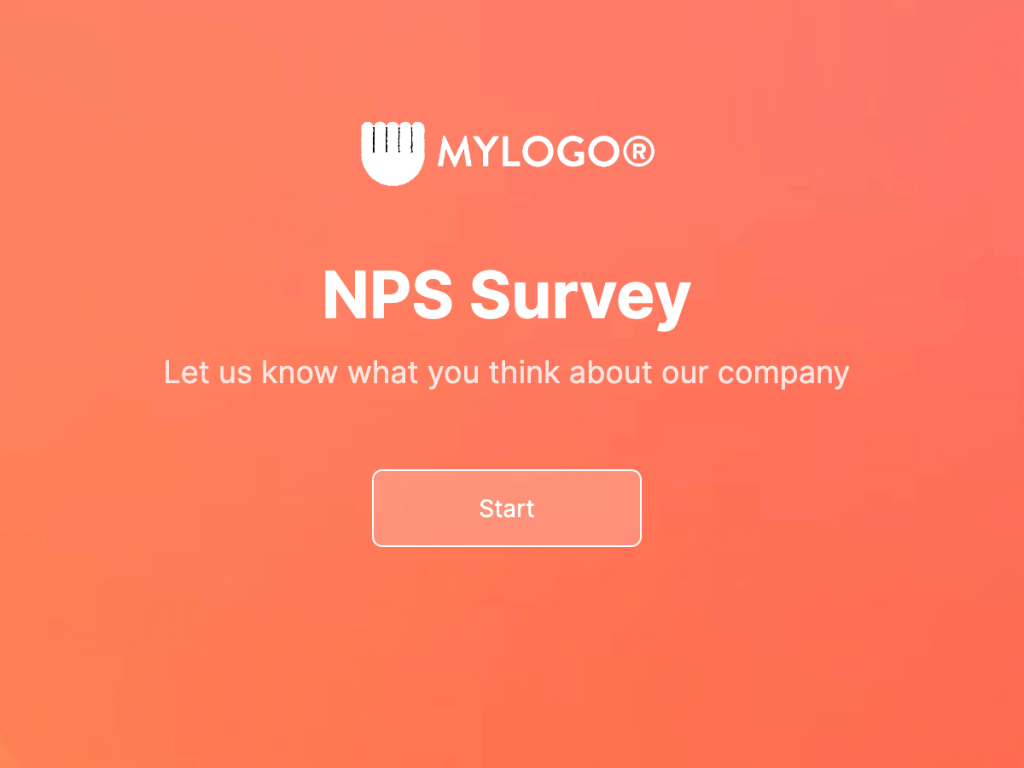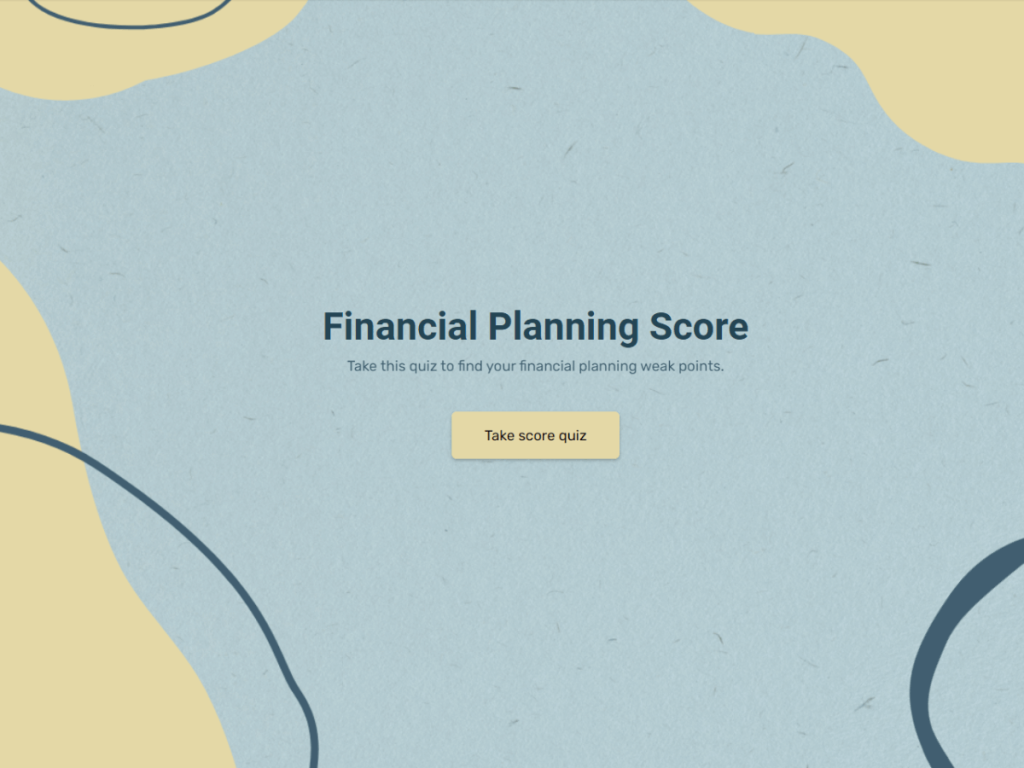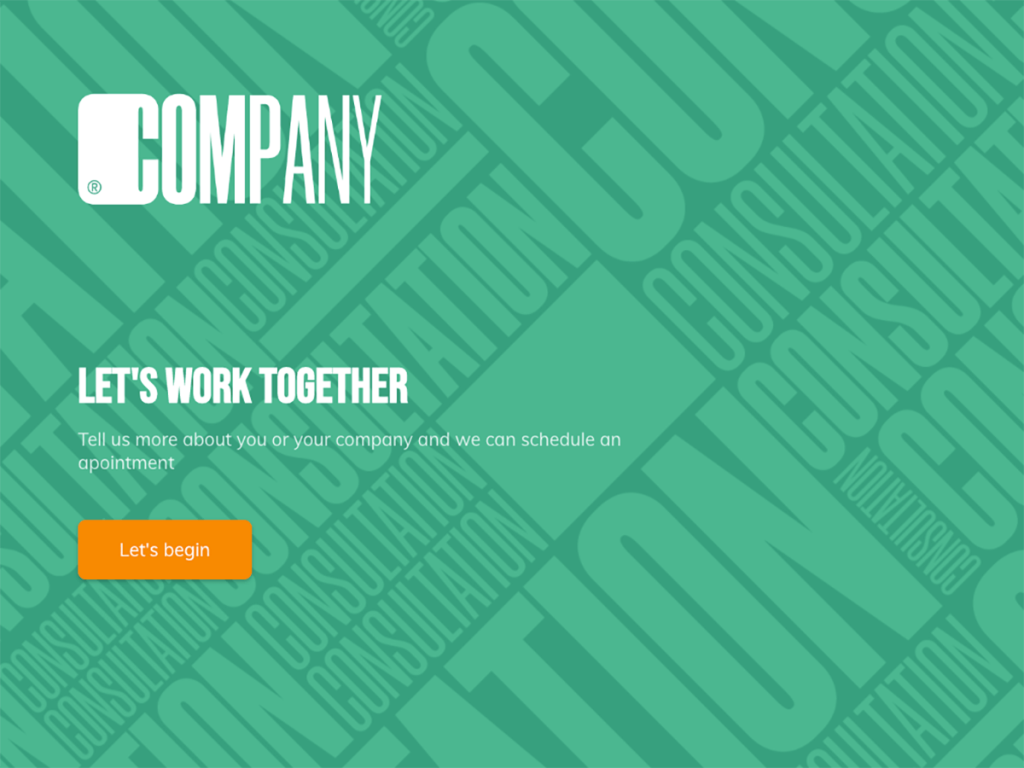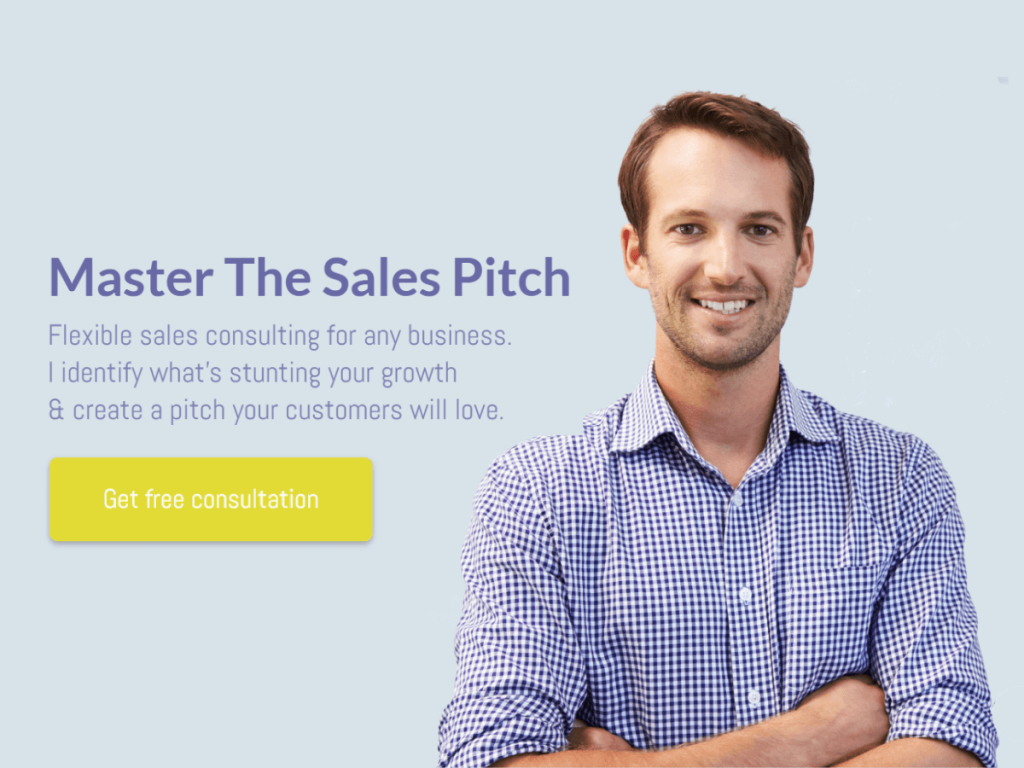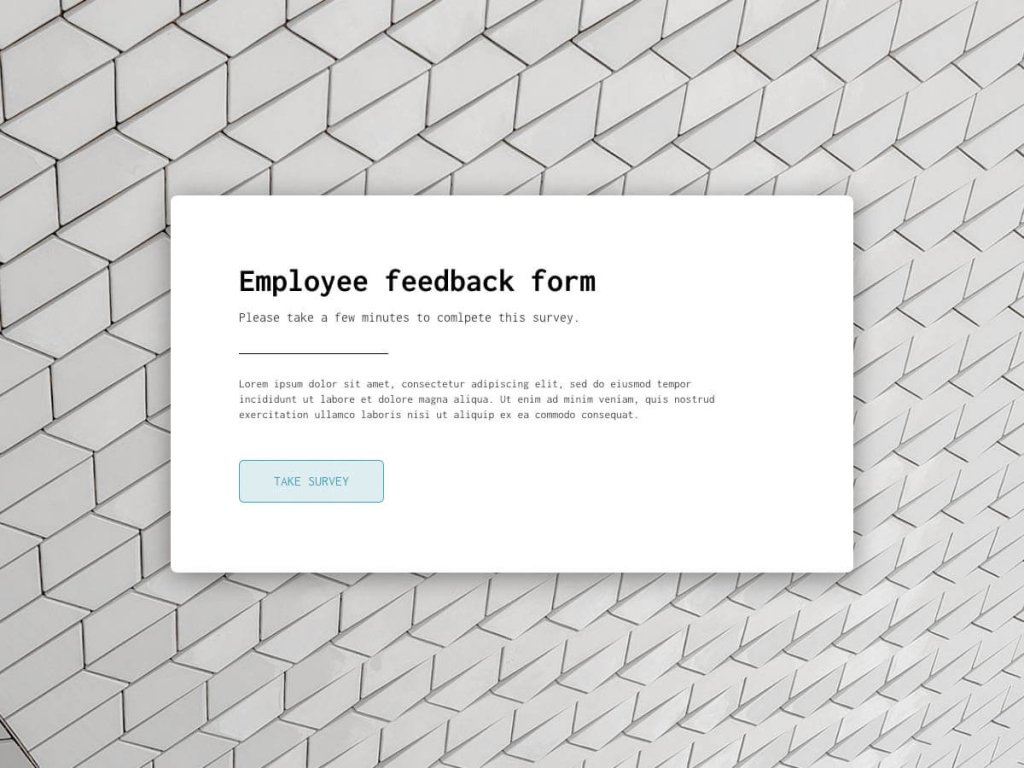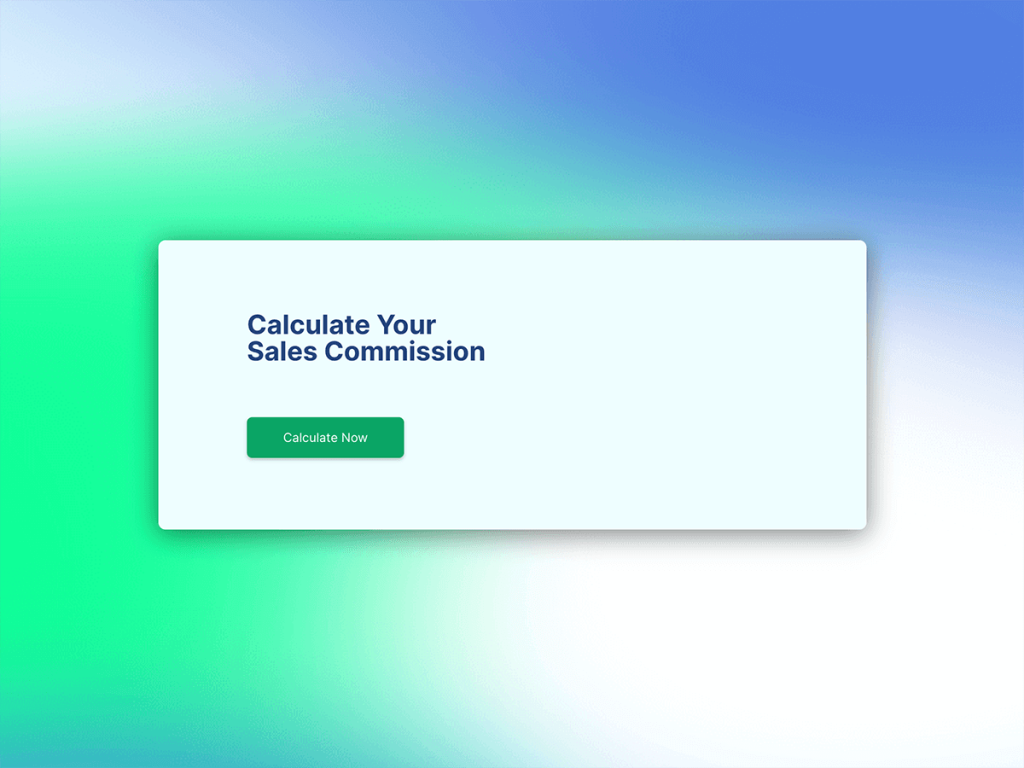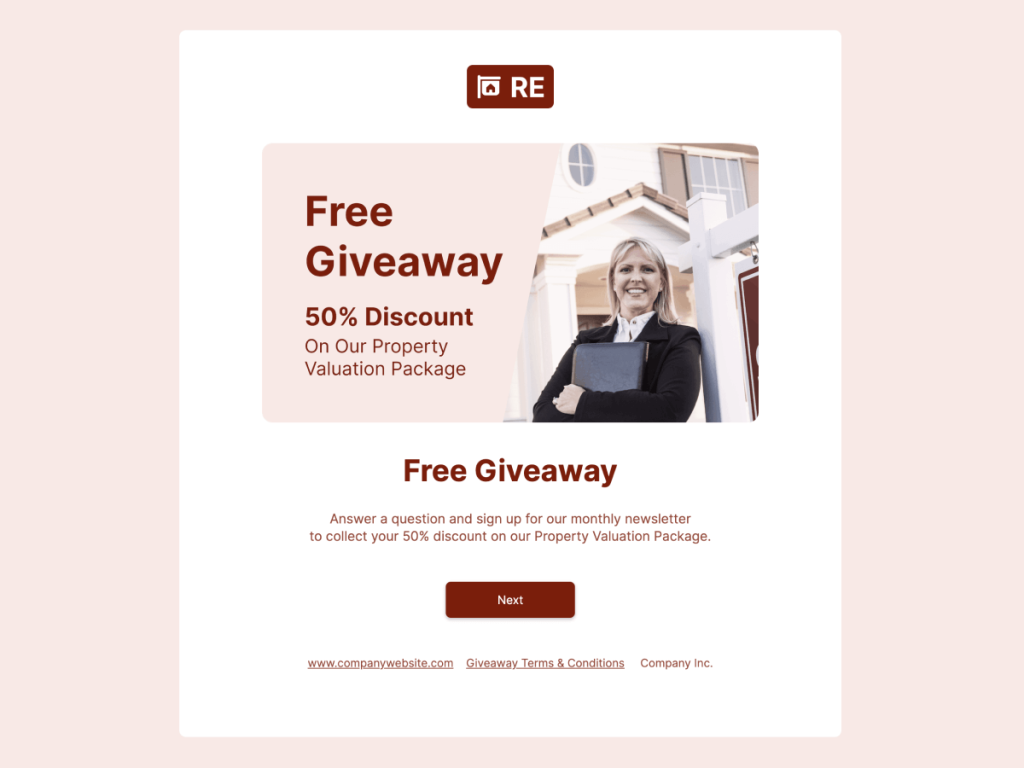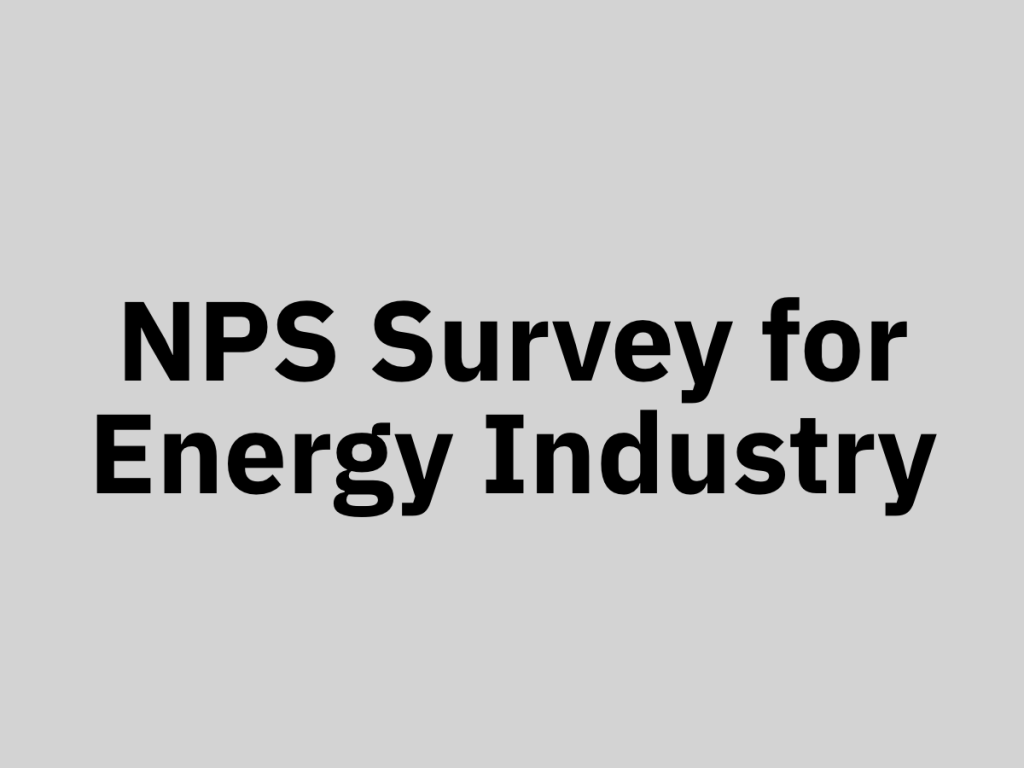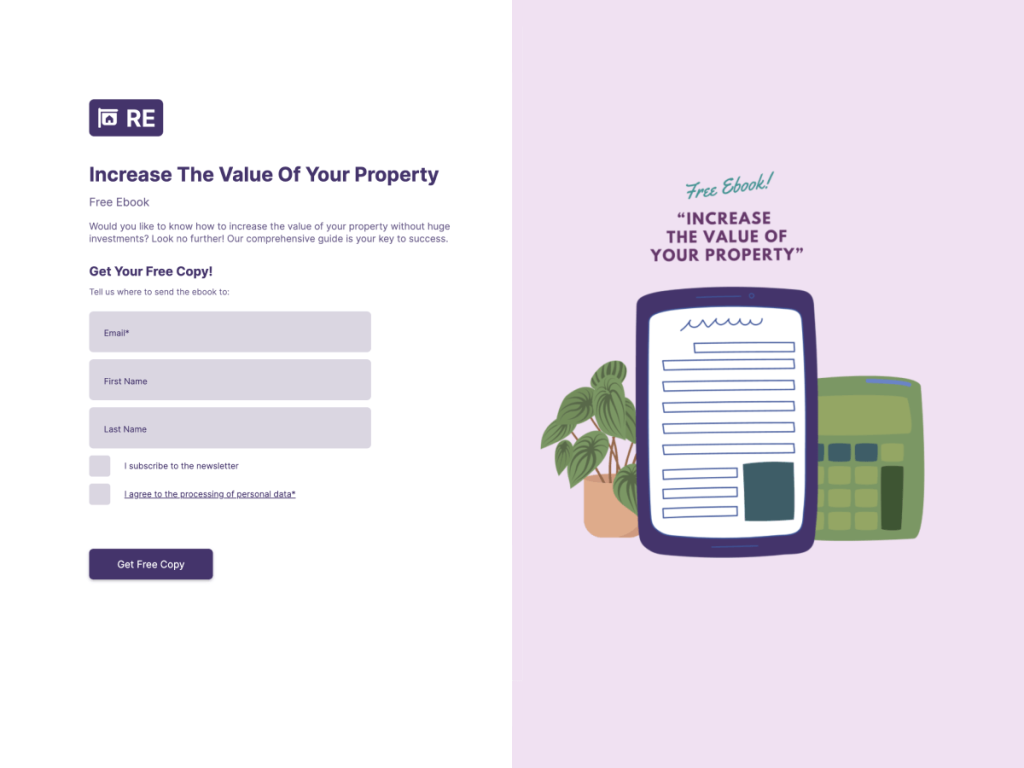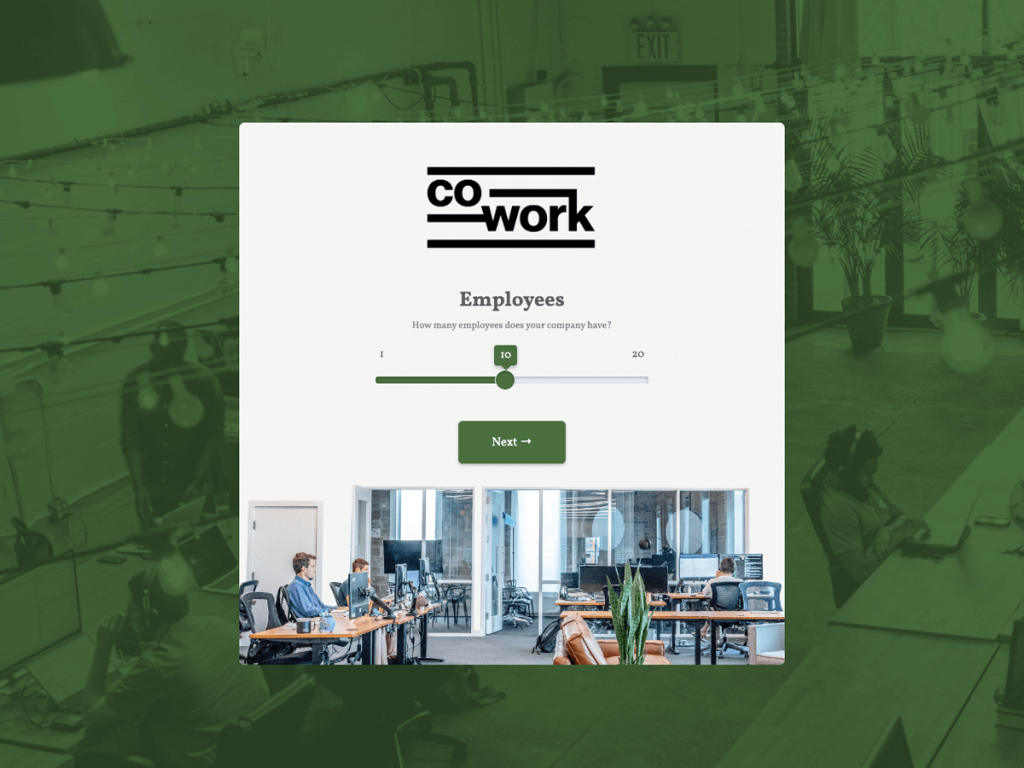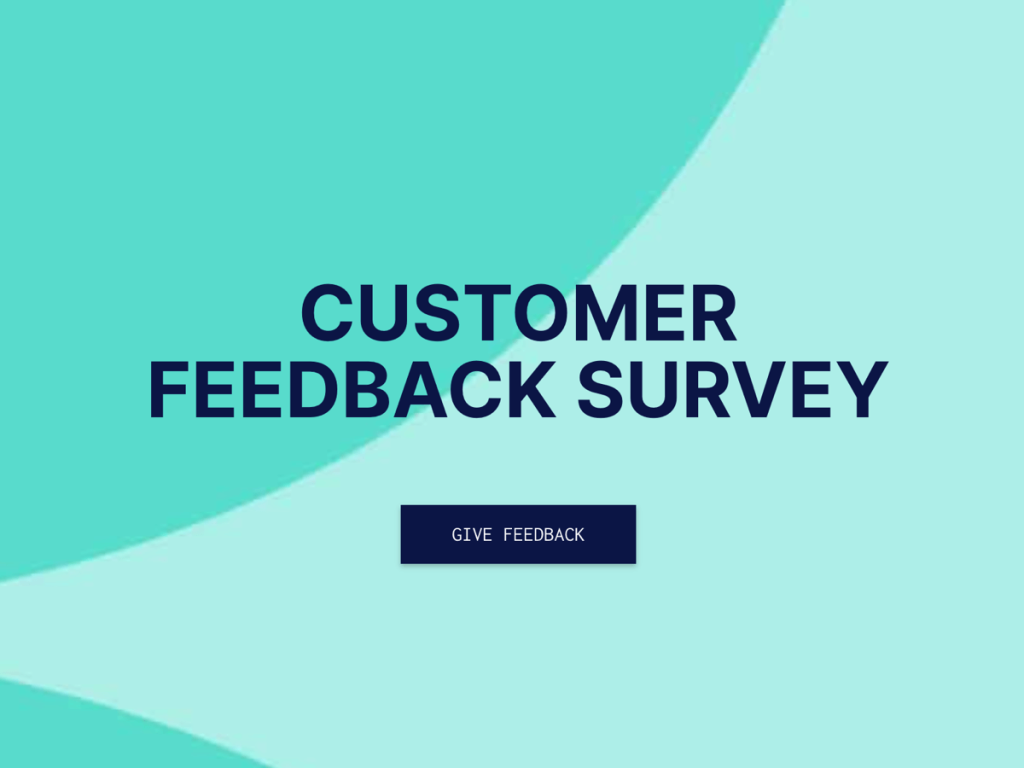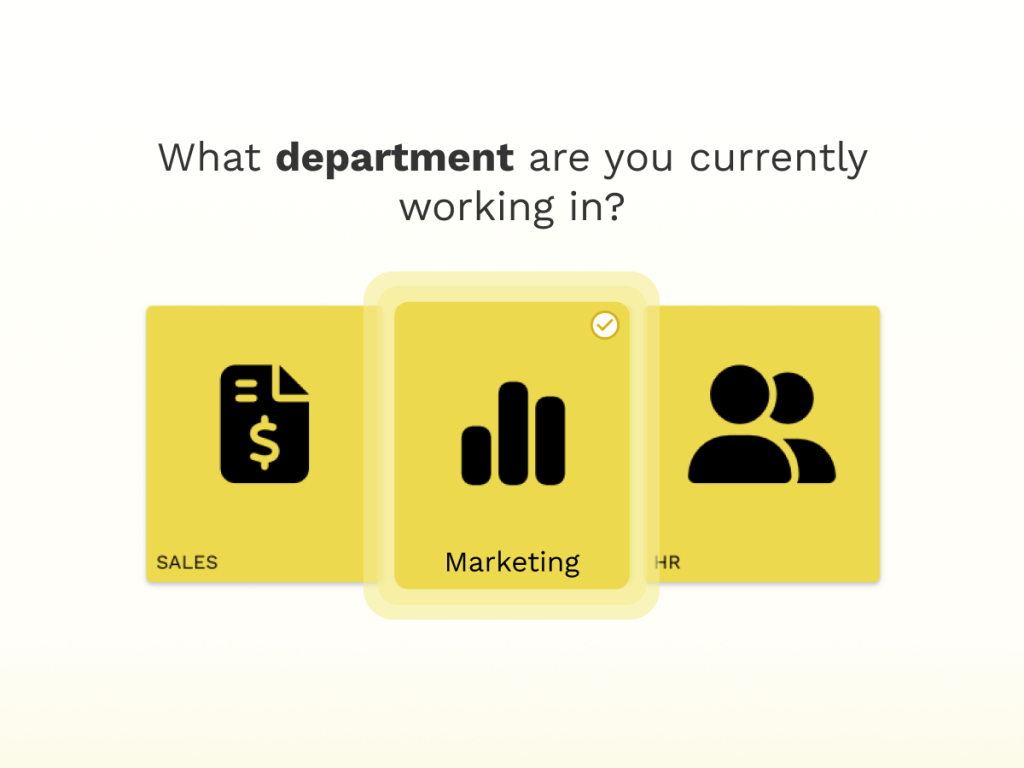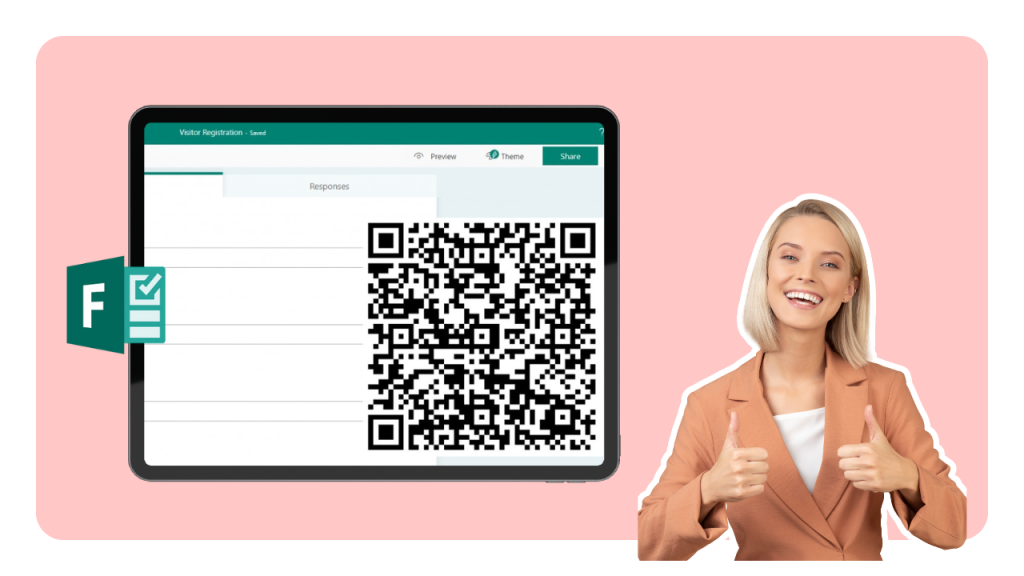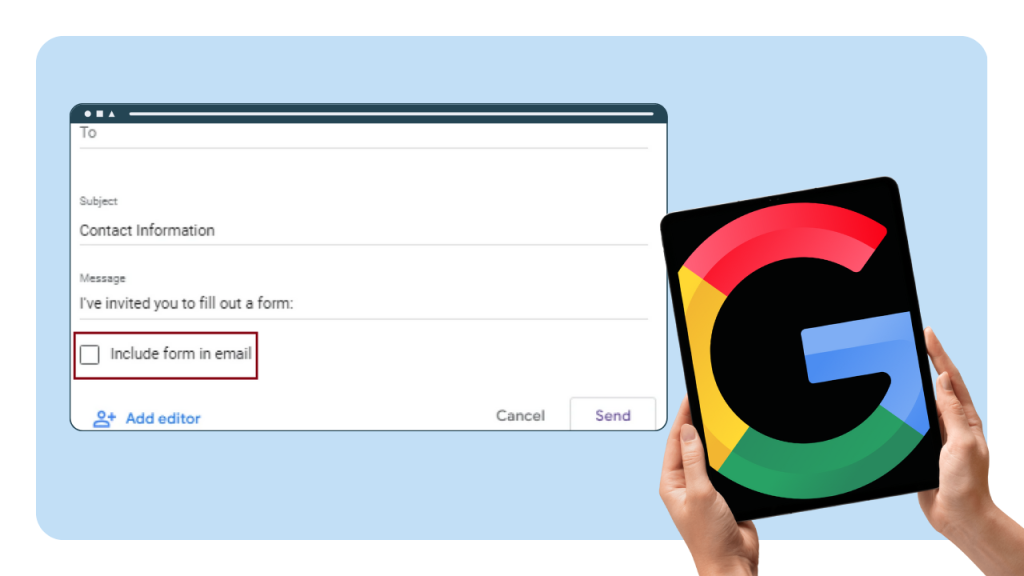Only 22% of shoppers are happy with the level of personalization they currently receive. Companies track their customers’ every move online in order to provide them with the personalization they want. But there’s a thin line between helpful and creepy and consumers are starting to see it. Can zero party data tread this line?
In a time where the internet is segmented into specific interest and demographic bubbles, customers expect the same level of personalization when shopping. But how do we create personalized experiences without spying on people?
Legend has it that everytime Mark Zuckerberg explains that Facebook spying on you is actually a good thing, a mosquito gets its wings. Customers are becoming more aware of the data that’s being collected about them and how it’s used.
There is an increasing need for data collection that’s transparent and respectful to the customer’s privacy.
That’s why zero party data is gaining momentum. Zero party data is data obtained by simply asking the customer, instead of tracking their online behaviour.
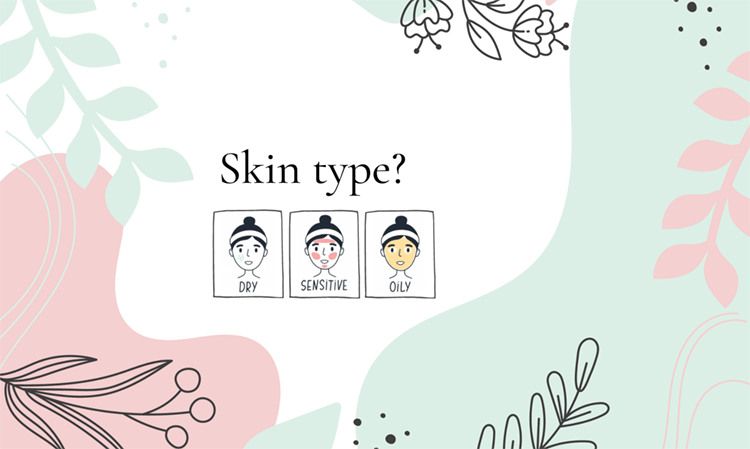
Instead of monitoring what products they view, we ask them “Which of these are you looking for?”. Instead of checking their age on Google Analytics, we ask them “When is your Birthday (of course you’ll get a gift, Josh!)”.
Many companies, most notably Apple, are giving their customers a choice to make decisions about how their data is tracked, adding more buzz to transparent and intentional data collection methods like zero-party data.
Zero Party Data Definition
Pros: transparent, honest, no tracking cookies
Cons: people not understanding your questions or not answering accurately
Zero party data is declared by the customer. It is any data given intentionally and proactively. It’s usually collected conversationally: through a form, survey, quiz or an actual conversation with customer service or sales.

Zero party data is when instead of tracking user behaviour on your website and assuming they’re looking for mom jeans because they viewed the page, you can just ask a customer “What are you looking for?”.
Why Collect Zero Party Data?
The true value of zero party data is an honest, two-way relationship with your customers. Zero party data collection is based on a revolutionary concept of just asking your customers what they want.
It leaves little room for error - a customer selecting his preference for weekly emails about low impact cardio workouts will not get annoyed when you send them those emails.
The beauty of zero party data it’s that it’s all self identified. This also means the customer can change it anytime. No more lost souls who slowly lost interest over time.
Issues & Challenges of Zero Party Data
There is a right and wrong way to collect zero party data. The first rule is to keep everything relevant to the customer. Only ask for information you can use to personalize customer experience.
Most people will gladly answer 3 quick questions to get a more personalized experience. And most people will hate you for making them carelessly click through 20 questions that have nothing to do with their purchase intent.
Keeping it short & sweet will leave room to explain what you’re doing and why so it’s easier for your customers to get on board.
A Full Data Policy Definition and Comparison
Zero Party Data Vs First Party Data Vs Second Party Data
First Party Data Definition
Pros: unique to your brand, free
Cons: too little data
First party data is data observed from your digital footprint. It’s any data a company collects by tracking their customers’ behaviour. This includes everything customers do on the company’s website, their emails or in their app.
E.g. What pages on the website do they visit, what items they view, what articles they read, how much time do they spend there or when did they last log in.
Companies use this information to personalize emails (notifications about price drops for specific items), ads (items you put in your cart show up in display ads) or internal processes (you’re on a “slipping away” list if you try to cancel your subscription.
Why Collect First Party Data?
First party data is extremely valuable because it’s uniquely yours. All the data is specific to your business. It’s not a list of strangers who are “in the market for a new car” because they commented on a Subaru ad 2 months ago.
First party data is your audience interacting with your content.
Another advantage of first party data is ensuring that the data collection methods used comply with transparency policies. Since you’re in charge of collecting this data, you can make sure it’s done right.
Issues & Challenges of First Party Data
The problem with first party data is that you only know what your company knows. It’s limited by scale. This can be an issue especially for younger, smaller companies with limited datasets. You can’t really draw customer behaviour conclusions based on purchases from 4 customers.
First party data excludes outside data sources that would provide a more holistic view on your client or even an introduction to new clients. Like Facebook lookalike audiences, Google interest targeting or straight up buying an email list.
Second Party Data Definition
Pros: expands your own database
Cons: expensive
Second party data is another company’s first party data. For example buying another company’s contact list or Facebook sharing their user data with advertisers.
E.g. Facebook ads can be targeted at people who engage with a certain type of content, live in a certain area and use Facebook in a certain language.
So if you live in Kentucky and share memes about techno music, Facebook will show you ads from nearby techno festivals.
The festival advertiser would have no idea you exist if Facebook didn’t make it possible for their ads to reach you. They’re using Facebook’s second party data.
Why Collect Second Party Data?
Second party data can help you in 2 ways: it expands your database and it completes user profiles with data you’re missing.
It’s especially helpful for smaller companies with limited datasets who want to learn more about their customers or find new ones.
Since you’re only working with a single data source (the vendor) it’s easier to check how the data was collected. If you work with a trusted vendor you can double check that the data follows GDPR and CCPA policies.
Issues & Challenges of Second Party Data
Second party data offers more insights into your customers than your own first party data, but not as much as third party data. Purchasing data from a single company isn’t going to give you the scope you might need.
It’s also important to only purchase data from reputable vendors to avoid data policy violations. Just because they’re willing to sell you the data, doesn’t mean their customers explicitly agreed to it.
Third Party Data Definition
Pros: the most complete, full scale dataset
Cons: expensive, possible security and compliance issues
Third party data is data compiled from a variety of sources, packaged and sold by a data management platform like Salesforce or Mapp.
Salesforce Marketing Cloud uses AI to track data from different sources - for example social media engagement, buying signals and demographics.
This data is then used to create customer profiles and ideal buyer personas based on real world data, instead of guesstimates. It helps create a high-definition image of your customers and prospects.
Why Collect Third Party Data?
Third party data is the most scaled up, full picture data you can get on your customers and prospects. And that’s why it comes with a hefty price tag.
It helps you gather data in one place, discover new markets, gain audience insights, create a full view of customers, target your audience, and effectively budget your marketing.
Issues & Challenges of Third Party Data
Because of its compiled, multi-channel nature third party data comes with a lot of room for error. From data quality concerns to data privacy issues, working with third party data can be risky.
Data management platforms rely heavily on Cookie technology to identify behaviours. Apple and now Google are moving towards blocking third party advertising cookies, putting data management platforms at risk.
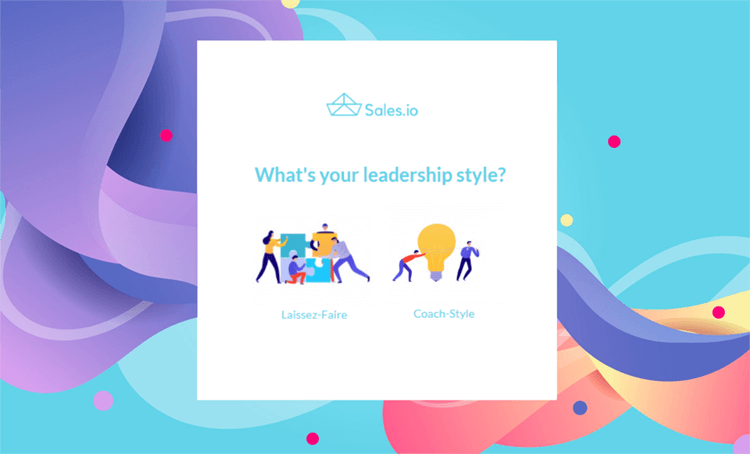
In a nutshell, first party data is created when I look up “engagement ring” on my boyfriend’s phone and visit a few online stores. Second party data is him getting targeted ads on Google. Third party data is him getting emails from jewelry stores he did not sign up for.
Zero party data is him creating an account at an online store and answering a few questions about what he’s looking for, like he should have done in the first place.
Zero party data leaves little room for guessing, since you simply ask what the customer wants directly. You don’t need data analysts telling you that your website has received 17% more visitors with purchase intent aged between 26 and 35.
You can just talk to customers who purchased from you and ask them why.
Ways to Collect Zero Party Data
How to Collect Zero Party Data on Your Website
The average website only converts 2% of its visitors into leads. The human, conversational nature of first party data collection can easily turn that % into double digits.
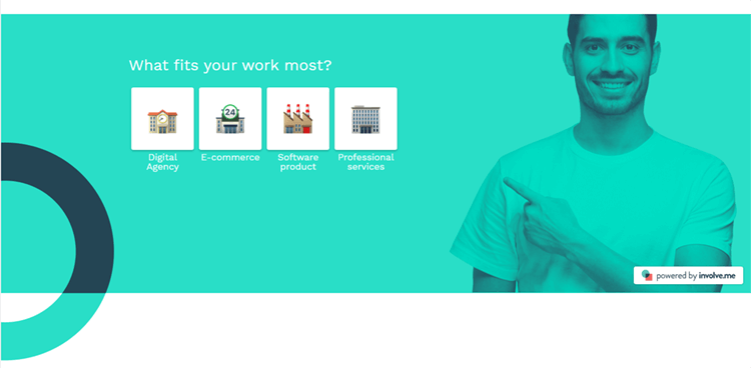
So how do you implement first party data collection into your web design? Keeping it customer centric is key. Think about how you can help potential customers without actually being there in person.
Why are they on your website? What do they struggle with? If your website was a physical store and you saw somebody walk in, what questions would you ask them to guide their shopping experience?
Package product questions like “Do you run on the elliptical or outside?”, “Are sustainable materials important to you?”, “What distance do you run?” into a “Find your perfect running shoe” product recommendation quiz.
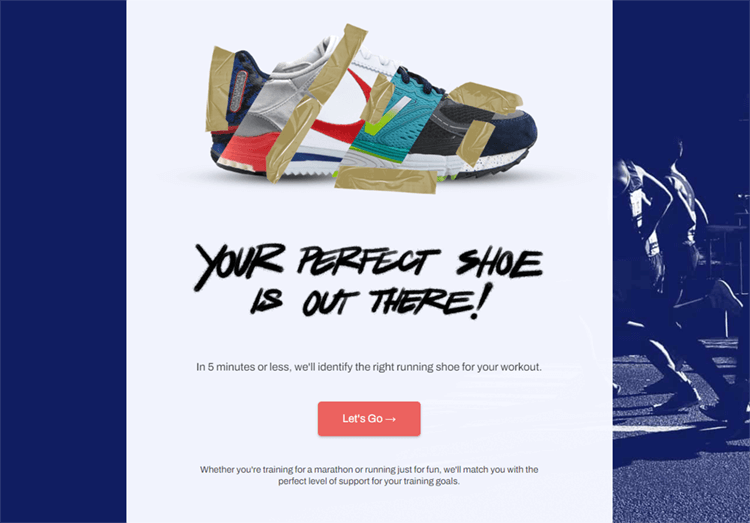
Personality tests, product configurators and shoppable quizzes are gaining popularity because they provide value to new website visitors and social media followers. And they collect first party data.

This “Parent Personality Test” helps customers find the best plant for their lifestyle and then adjusts the content it recommends based on their results.
Tests, quizzes and interactive content in general is a simple, yet powerful way to collect first party data.
How to Collect Zero Party Data on Social Media
There are still people who think that social media likes = revenue. It’s not that simple. Converting your social media followers into sales is a conscious process that begins with turning engagement into leads.
Native polls and surveys are great for generating engagement, but they don’t collect leads which makes linking the data to specific customers tricky.
A zero party data way to convert your social media audience into customers is with branded, lead generation quizzes. Make a quiz targeted at your audience’s wants and challenges and share it on your social media.
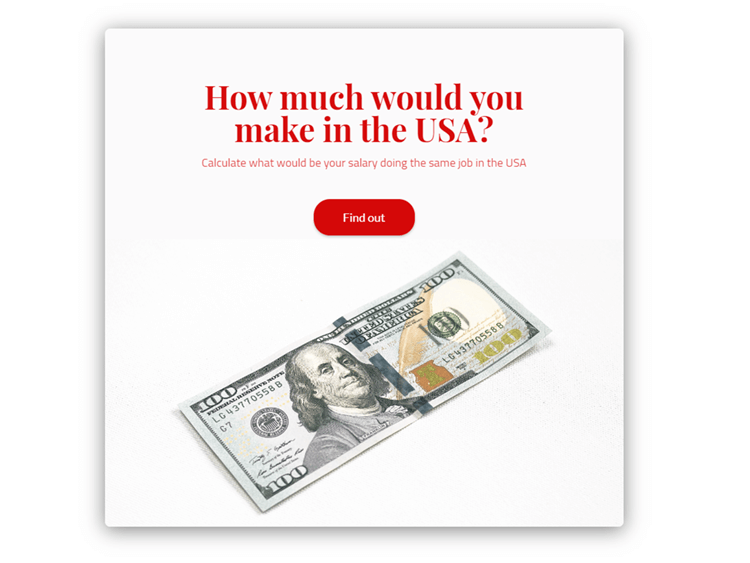
Placement International, an agency who provides work abroad visas for expats uses a “What would be your salary in the USA?” lead generation calculator on their Facebook, LinkedIn and Instagram.
This allows them to ask questions about their followers’ work history and career expertise without being annoying or intrusive. It’s a simple value proposal with a relevant incentive: tell me about your career and I’ll tell you how much you’d make doing the same job in the US.
The first party data collected from this salary calculator is then used to personalize US-based job offers sent to each customer. It’s a win-win.
Get Started: Make A Lead Generation Quiz
Using One Of Our 300+ Templates
Amazon Review Funnel Template
Product Review Form for Ecommerce Template
Shoppable Eyewear Funnel Template
Home Insurance Finder Quiz Template
Opinion Scale Survey 5 Template
Expert Contribution Form for Online Magazines and News Websites Template
How to Collect Zero Party Data Through Customer Service
Customer service is the most honest, relevant and obvious way to collect first party data. The customer describes a specific issue and a real person suggests a specific solution.
All data exchanged during customer service conversations is relevant and makes sense, because it’s all related to solving the issue. However, mist companies customer support is not as closely tied into their CRM as it should be.
This can be due to technical issues or simply the expense of connecting two software or buying an all-in-one. Solution? Automating the first part of customer support with a quick request screening before redirecting the customer to a real person.
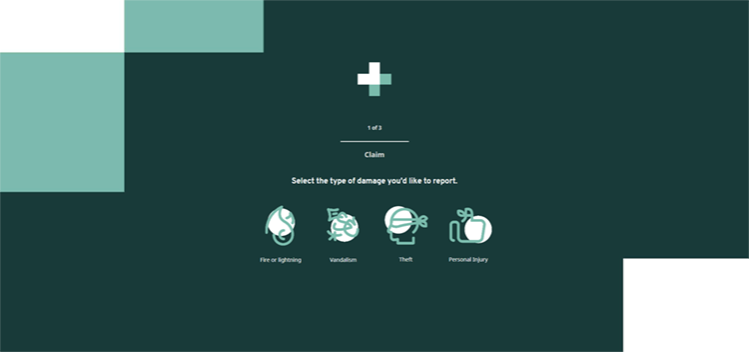
This insurance claim form automates the most common conversation insurance companies deal with. It filters claims in 3 simple steps and then forwards the data collected to a real person for review.
This needs to be done respectfully and as quickly as possible. Chances are that customers contacting support are already unhappy with something and lack of human response can make matters worse.
Get Started with Customer Support Funnel Templates
300+ Mobile Friendly Templates
Financial Planner Calculator Template
Consultation Scheduling Form Template
Get Free Consultation Lead Page Template
Employee Feedback Form Template
Sales Commission Calculator Template
Meeting Scheduling Form for Real Estate Template
How to Collect Zero Party Data Via Email
Email is the biggest driver of sales. What makes it so powerful? It’s highly personalized, adaptive and it incentivizes conversation. But how can we use it to collect first party data?
Customer journey doesn’t end with purchase. It begins there. Helpful and relevant communication with current customers will bring you more revenue than constantly chasing after new ones. Emails are the easiest, most cost-effective way to establish such communication.
Send your customers surveys to see if they’re happy. Incentivize them to take quizzes with discounts. Allow them to adjust their newsletter preferences - less people will unsubscribe if you allow them to lower email frequency.
Use customer feedback as first party data to keep delighting customers and turn them into brand ambassadors.
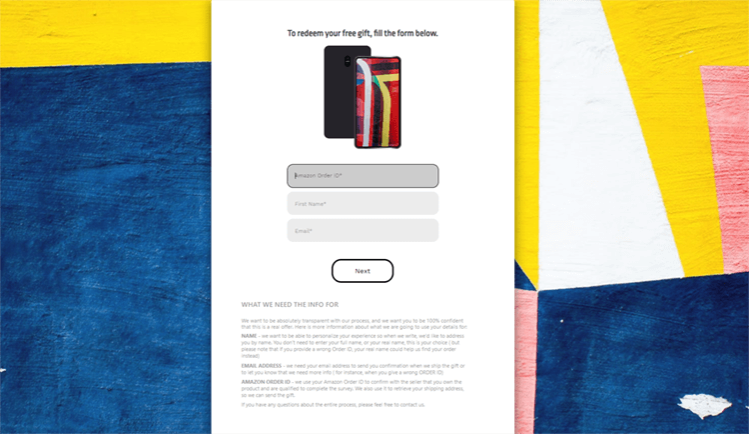
This review generation funnel does 3 things right:
It incentivizes filling in the feedback survey with a free gift
It’s tied to a specific previous purchase so it’s reasonable to ask
It explains why it asks for every single piece of information to bee 110% transparent
A zero party data review generation funnel can be used to get 5 star reviews on autopilot. The survey can segment happy customers and send them to a public review platform and unhappy customers can just leave their feedback in the survey for your eyes only.
Get Started with Review Funnel Templates
300+ Mobile Friendly Templates
Giveaway Quiz for Real Estate Template
Opinion Scale Survey for Energy Industry Template
Lead Magnet Quiz for Real Estate Template
Coworking Cost Calculator Template
Feedback Survey Template
Career Quiz Template
Zero Party Data Collection Best Practices
Zero party collection is not GDPR or CCPA friendly by default. There are right and wrong ways to collect any data and zero party data is no exception.
When collecting and using first party data from any source, you need to stay transparent, clear and easy to understand. Basically exactly the opposite of what you’re doing with cookies.
When collecting zero party data, you need to keep it:
1. Transparent. Tell customers when their data is being collected and why.
2. Clear. Don’t just cover your own back by linking long policies. Explain things to your customers in brief, simple terms.
3. Adaptable. Allow your customers to change their first party data.
Honest data collection is slowly becoming the new standard. Customers need to be aware that their data is being collected in the first place. You should also tell them why.
Explaining what data you’re collecting and why, instead of just linking a 20 page policy pdf, can be an incentive for customers to share their data. It also helps establish an honest and trusting relationship between a customer and the brand.
Instead of asking:
“Enter your weight, height, gender, age and activity level.”
Try asking:
“Tell us about your lifestyle so we can personalize your workout.”
“Select your face shape and we’ll find the perfect glasses for you.”
“Hey Josh! We noticed you haven’t been opening our emails, so we’re giving you a chance to lower the frequency to once a month.”
Using the data also needs to remain transparent. Let customers know why you’re recommending them certain things.
